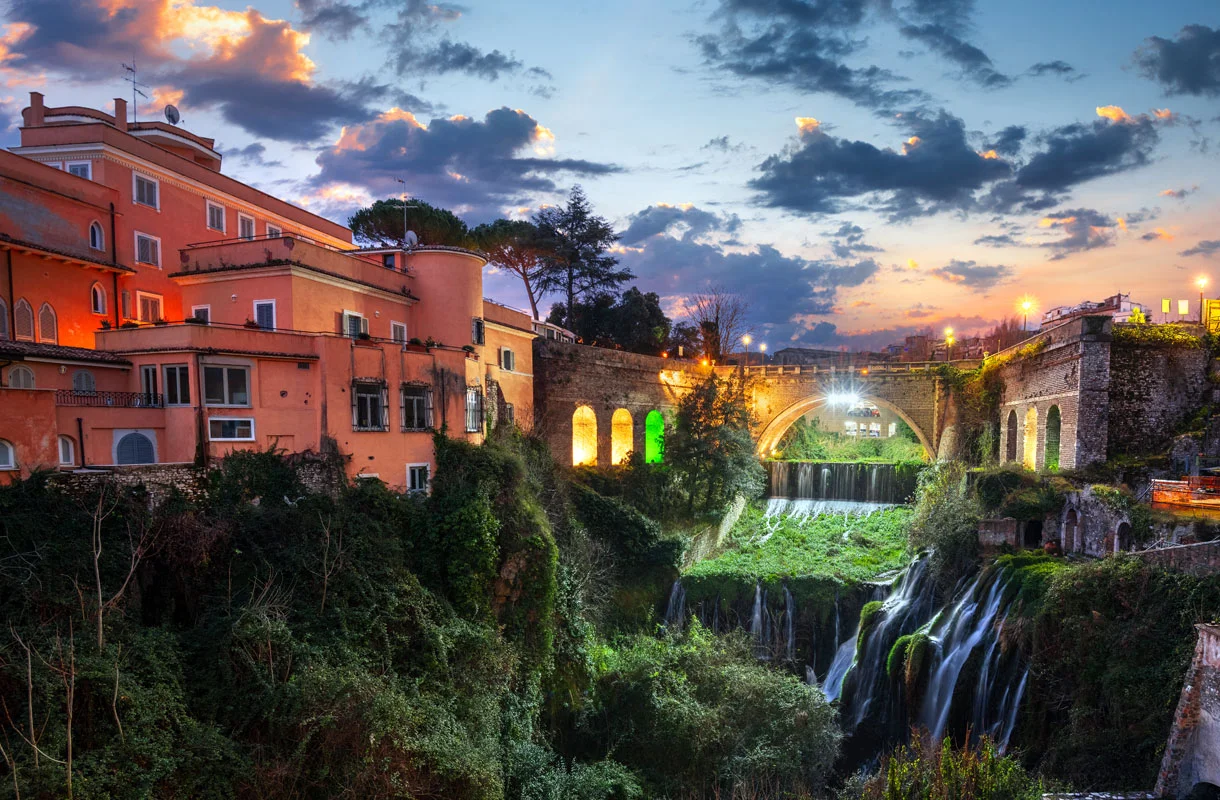An exceptionally powerful tornado tore through western Mississippi on a fateful Friday night in 2023, leaving at least 25 dead and thousands of homes without power. The same storm system resulted in fatalities in Alabama as well. This long-track tornado caused significant damage to buildings and infrastructure, prompting responses from local authorities and federal agencies such as Homeland Security and FEMA.
Tornado Rating
The Rolling Fork tornado was preliminarily rated as an EF-4, which indicates that it had windspeeds up to 200mph (321km/h) and was capable of causing extreme destruction. This rating makes it one of the most powerful tornadoes on record in Mississippi.
The course of these deadly events
- Friday night (2023): Tornado strikes western Mississippi
- Saturday: President Joe Biden speaks to Governor Tate Reeves and offers federal support
- Sunday: Press conference with Governor Reeves, U.S. Homeland Security Secretary Alejandro Mayorkas, Federal Emergency Management Agency (FEMA) Administrator Deanne Criswell, and state congressional members
Climate Change and Tornado Formation
While it is difficult to directly attribute a single tornado event to climate change, there is growing evidence suggesting that global warming may be influencing the frequency, intensity, and distribution of tornadoes.
Increased temperatures can lead to more energy available for severe weather events like tornadoes, while changes in atmospheric circulation patterns could alter their formation and movement.
Heatwaves and Severe Weather
It is well-documented that dangerous heatwaves tend to affect large portions of the United States every summer, reaching temperatures of 100 degrees or higher in all 50 states.
In many instances, these heatwaves have led to record-breaking temperatures across the country.
For instance, a historic heat wave in June 2021 set or tied all-time state records in Oregon and Washington.
Increased Snowpack and Flooding Risks
Another climate-related concern is the growing snowpack in California’s mountains, which has been observed as the largest it has been in decades due to numerous atmospheric river events in late December into January.
Measurements indicate that Sierra Nevada snow water content rivals or surpasses data from the 1982-83 season, posing potential flood risks as the season progresses.
Addressing the Long-term Impacts of Climate Change on Tornado Activity
Understanding the connections between climate change and tornado events is essential for both short-term emergency response planning and long-term mitigation strategies.
By examining past weather patterns and current climate trends, scientists and policy makers can work together to develop effective measures to reduce the impacts of severe weather events like tornadoes on communities and infrastructure.
Improved Disaster Response Measures
As severe weather events become more frequent and intense, it is crucial that federal, state, and local agencies collaborate effectively to respond to disasters efficiently. Mississippi Governor Tate Reeves emphasized the need for such cooperation following the devastating tornado, working closely with President Biden and key leaders in the Department of Homeland Security and FEMA.
Long-term Adaptation and Mitigation Strategies
In addition to improving disaster response efforts, there is a pressing need for governments and societies to implement long-term adaptation and mitigation strategies aimed at reducing the impacts of climate change. This includes investing in resilient infrastructure, promoting sustainable land use practices, and reducing greenhouse gas emissions to curb global warming.
The tragic events following the Mississippi tornado serve as a sobering reminder of the potential impacts that severe weather events can have on our communities. As climate change continues to alter weather patterns, it becomes increasingly important for us to understand these connections and take steps to protect ourselves and our environment from their devastating consequences.






